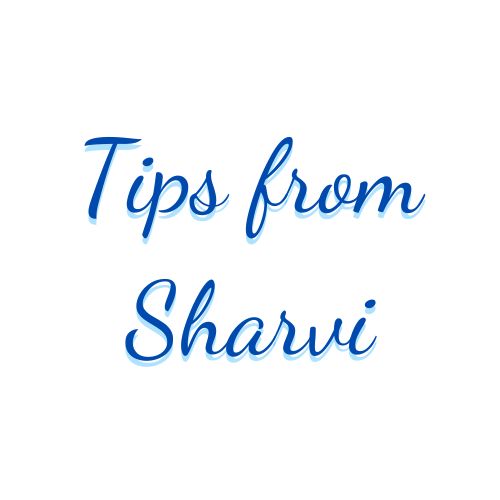Self-care is primordial and while you groom yourself for personal and professional reasons, daily hair care is an inevitable task! In order to look after your hair, you must first understand your hair type. Read this blog post for a quick reminder of the essentials of proper hair care and some easy tips.
Normal hair
This hair type is considered to be the ‘ideal’ one. With proper PH balance, it has the right quantity of sebum (‘An oily secretion of the sebaceous glands’, as per Oxford Dictionaries) and moisture. It’s easy to manage, healthy and shiny. However, health, diet, stress, weather conditions and more could cause imbalances, making your hair look less attractive.
Drinking lots of water, having a balanced diet, exercising, sleeping properly, relaxing are a few of the important things to do. Wash your hair around once or twice weekly with a suitable shampoo. You may need to apply a conditioner at the ends if you have long hair.
Dry hair
This hair type lacks sebum, even though it may have sufficient moisture. You may experience hair breakage, split ends and dry dandruff (which tends to be loose and fall on your shoulders).
Once more, drink plenty of water, have a balanced diet (which applies to all hair types). Use a suitable shampoo and conditioner. You may wash your hair only once or twice a week (don’t overdo, as it may strip away natural oil). Control the use of hair dryers, avoid harsh chemical hair products and instead prefer gentle products such as serum for better lubrication.
Oily hair
This is the greasy-looking hair type. It has an excess of sebum, and with a humid climate, gets even worse! You may experience dandruff that sticks to the scalp and when not washed quickly, causes hair fall.
Shampoo with lemon extract is helpful. It’s advised to wash your hair more often than other hair types. Don’t touch your hair excessively. Avoid oily, sugary foods and soft drinks.
Combination hair
This is a combination of 2 hair types. Often, you may find that your hair close to the roots become oily, while the rest of the length and especially the ends, look dry. This is quite common with long hair but may also apply to shorter hair.
Use a suitable shampoo and conditioner. With long hair, trimming the ends from time to time help. Avoid harsh chemical hair products. I personally use a specific aloe vera-based shampoo, which my whole family also uses, since it suits all hair types and works gently while nourishing.
Dehydrated or damaged hair
This is known as a ‘condition’ rather than a hair type, as there may be other factors affecting the hair and which may be short-term or temporary. For example, if you’re bleaching or colouring your hair too often and without proper care, then your hair loses moisture, elasticity, becomes dehydrated and looks dull.
Avoid harsh hair products. Use gentle products to further nourish your hair, such as hair masks or other deep nourishing treatments.
Conclusion
Properly identifying your hair type is the first step to understanding your hair. Take the right actions by using suitable products, follow a healthy lifestyle and last but not least, practice self-care! Would you like to share your tips on hair care (kindly abstain from naming brands for commercial purposes/only post a link if informative)? Please do so. Thank you!!
Featured photo: Photo by Moose Photos on Pexels.com
Related posts:


Nice blog… very helpful I would also like to suggest using this shampoo and conditioner. It really gives amazing results.
LikeLiked by 1 person
Thanks, Archana. Have a terrific day!
LikeLike
Such a useful post!
LikeLiked by 1 person
Thanks Antonia!
LikeLiked by 1 person
I didn’t know how much I needed this blog post until I finished reading it! So informative and well written x
LikeLiked by 2 people
Thanks Sophie!
LikeLike
I think I have normal hair, but I probably shampoo it too often (daily). It just feels oily if I don’t wash it every day.
LikeLiked by 2 people
Thanks for visiting my blog!
LikeLike
It is essential to know our hair for the best treatments, thanks for these tips!
LikeLiked by 2 people
My pleasure, Fiorella!
LikeLike
I have a combination of oily and dry hair and I never thought of using a shampoo with aloe vera. I might have to go look for one now. Thanks for sharing.
LikeLiked by 2 people
My pleasure. 😀 If you want to have a better idea, do contact me through my blog’s ‘contact me’ page.
LikeLike
I love reading about different hair types and hair care. I recently discovered the curly girl method and it has been a game changer. Thanks for the tips!
LikeLiked by 3 people
My pleasure, Lia!
LikeLiked by 1 person
Excellent reminders especially about whole body hydration. I’m growing my hair very long for a tribute wig, so the right care is imperative. Thanks!
LikeLiked by 3 people
My pleasure, Annie!
LikeLike
Great and useful tips. Very insightful!
LikeLiked by 2 people
Thank you!
LikeLiked by 1 person
Thank you for the tips! I have an oily hair I didn’t knew that lemon shampoo are better for it; and yes I wash my hair a lot
LikeLiked by 2 people
My pleasure, Nadine!
LikeLiked by 1 person
Great tips! Thank you so much for sharing. I have incredibly dry hair…..ugh
LikeLiked by 3 people
Thanks Lane!
LikeLike
It’s a very useful post for me😇
LikeLiked by 2 people
Thanks Ms Vanilla!
LikeLiked by 1 person
Great tips I’m sure I don’t drink enough water to help my hair along.
LikeLiked by 2 people
Thank you!
LikeLike